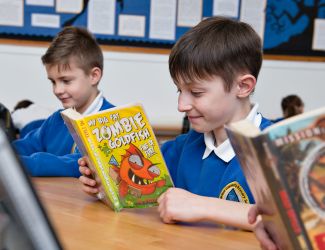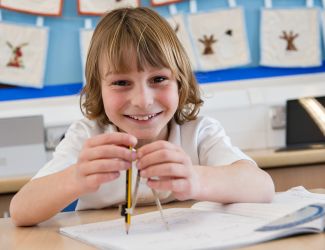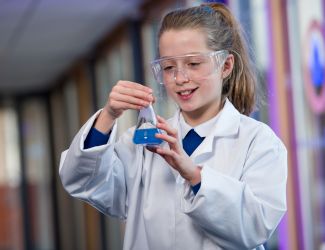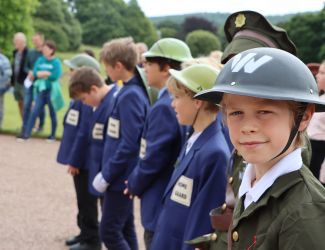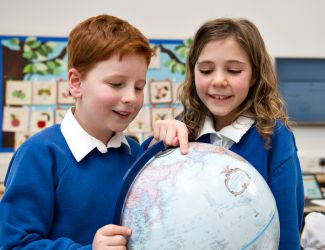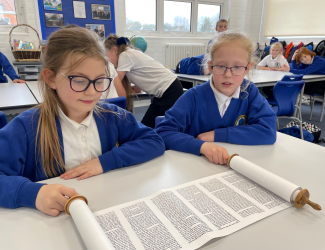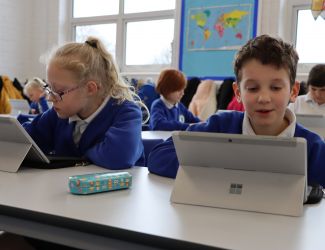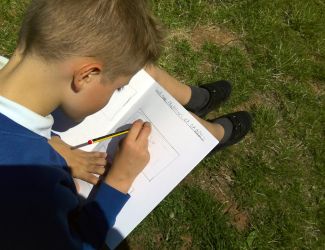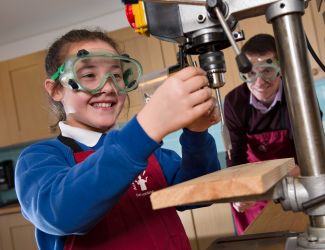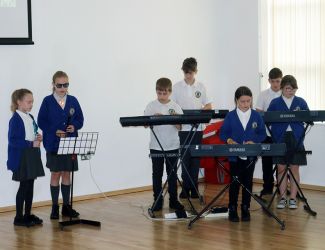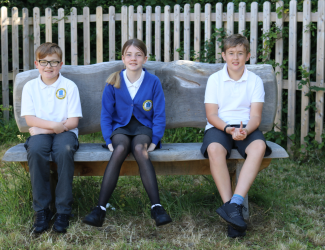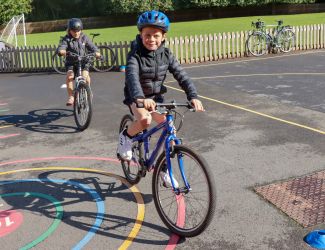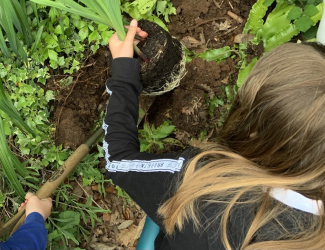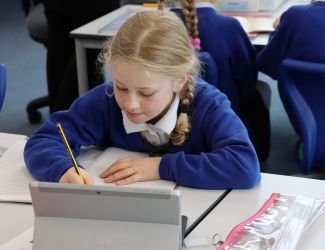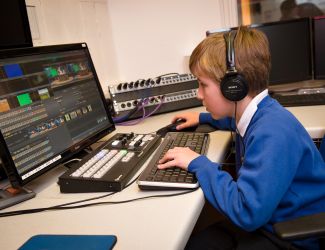Year 5 Science Curriculum
Pupils are taught about all three areas of science and are able to work independently and as part of a group. The use of videos, articles, images and practical experiments allow for all students to access the lesson successfully. Pupils will also use equipment such as telescopes to better understand the learning content.
Knowledge
Physics – Earth & Space
- Describe the movement of the Earth, and other planets, relative to the Sun in the solar system.
- Describe the movement of the Moon relative to the Earth.
- Describe the Sun, Earth and Moon as approximately spherical bodies.
Physics – Forces
- Explain that unsupported objects fall towards the Earth because of the force of gravity acting between the Earth and the falling object.
- Recognise that some mechanisms, including levers, pulleys and gears, allow a smaller force to have a greater effect.
- Identify the effects of air resistance, water resistance and friction, that act between moving surfaces.
Biology – Living things in their Environment
- Describe the differences in the life cycles of a mammal, an amphibian, an insect and a bird
- Describe the life process of reproduction in some plants and animals
- Use keys based on observable external features to help them identify and group living things systematically
- Recognise that feeding relationships exist between plants and animals in a habitat, and describe these rela-tionships, using food chains
Biology – Animals Including Humans
- Describe the changes as humans develop to old age.
- Use scientific names for major organs of body systems, including the circulatory system and identify these organs in the human body.
Chemistry – Properties and Changes of Materials
- Compare and group together everyday materials on the basis of their properties, including their hardness, solubility, transparency, conductivity (electrical and thermal), and response to magnets.
- Give reasons, based on evidence from comparative and fair tests, for the particular uses of everyday materials, including metals, wood and plastic.
- Demonstrate that dissolving, mixing and changes of state are reversible changes.
- Explain that some changes result in the formation of new materials, and that this kind of change is not usually reversible, including changes associated with burning and the action of acid on bicarbonate of soda.
- Know that some materials will dissolve in liquid to form a solution, and describe how to recover a substance from a solution.
- Use knowledge of solids, liquids and gases to decide how mixtures might be separated, including through fil-tering, sieving and evaporating
Working Scientifically
Plan
- plan different types of scientific enquiries to answer questions, including recognising and controlling varia-bles where necessary
Do
- Take measurements, using a range of scientific equipment, with increasing accuracy and precision, taking re-peat readings where appropriate
- Record data and results of increasing complexity using scientific diagrams and labels, classification keys, ta-bles, scatter graphs, bar and line graphs
Review
- Report and present findings from enquiries, including conclusions, causal relationships and explanations of and degree of trust in results, in oral and written forms such as displays and other presentations
- Use test results to make predictions to set up further comparative and fair tests
- Identifying scientific evidence that has been used to support or refute ideas or arguments
Investigation/Experiments
- Solar System Video Tour - Pupils create a video tour of the solar system, introducing the audience to the planets, moon, and our sun. Astronaut Training Pupils will look at the training regimes undertaken by astronauts and test their own cardiac systems seeing who has the quickest heart rate recovery after a chosen exercise.
- Crater Investigation - Pupils will test how large a crater different objects create and discover whether changing the height of the drop changes the size of the impact.
- Which material makes the best Spacesuit? Pupils test a variety of materials for their strength, waterproof and airtightness, flexibility, and visible qualities to decide which would make the best materials for a spacesuit.
- Dissolving Investigation - Pupils will plan an experiment to test how solids are dissolved into a liquid to become a solution. Pupil led investigation.
- Frog Spawn Investigation - Pupils will look at the life cycle of Frog Spawn and their place in the food chains of a British Pond Ecosystem. Pupils will study the wider ecosystems around them and world ecosystems – comparing them to the ones found in their local environment.

